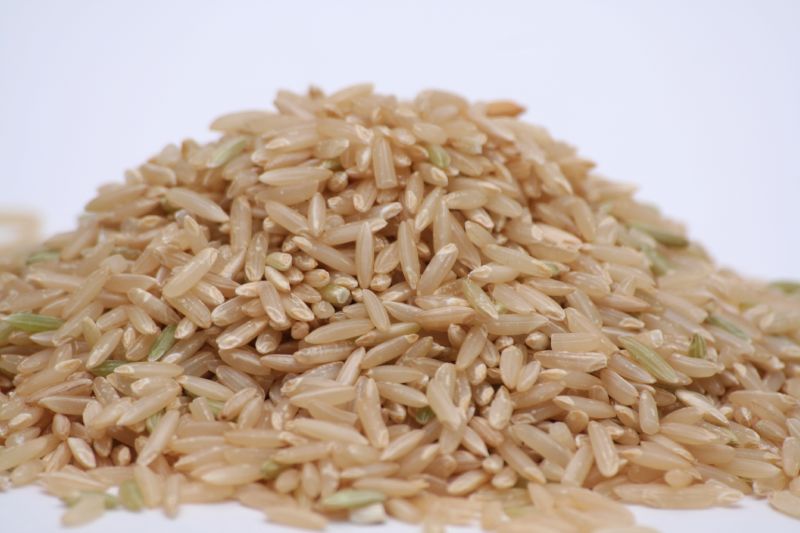This is what a pork shoulder should look like. Crisp bark on the outside. Pink smoke ring underneath. The meat beneath is tender but, like good pasta, still has some bite.
Our claws digging into it is a nice touch.
Pork shoulder overall is a forgiving peace of meat. Take some time with it and you'll get good results. It's not rocket science. We spent a month in 2017 studying the Boston Butt. This isn't a soufflé. Anyone with a smoker or an oven, some basic seasonings and some patience can make good pulled pork.
But as soon as you think you're good at it and slip up, you can screw this up.
Here's how I did it.
I've done a number of shoulders and I started to believe I was good at it. I started to think they were easy.
Then this happened:
Kind of an ashy sound at the start. It all came apart too easily. Not enough pull from the pulled pork. But the biggest problem?
Dead silence.
My wife and kids were watching. Normally they are excited at this moment. The prep, the hours, the smells, the anticipation. Typically they are stoked.
This time they were appalled.
So what went wrong?
1 - I Set a Deadline
The worst barbecue question ever is: "Is it done yet?"
You don't cook barbecue for now. You cook it for tomorrow. Like bread or wine, it can't be rushed. It will be done when it is done.
If you're hungry, don't push me. Eat something else.
But my son had a birthday party to get to at 2pm. We had some kids to zap with lasers. We wanted to eat pulled pork before we left. Therefore, I wanted the shoulder to hurry the hell up.
Shoulders don't play that.
2 - I Cooked it Too Fast
If it takes six hours at 300º then it will take two hours at 900º, right?
I didn't push it that hard, but I screwed up.
225º Fahrenheit is the money temperature for barbecue. Under that is fine but too far over is a recipe for disaster.
I'd smoked this shoulder all night, but it still wasn't near my target of 190-200º. I needed to get it hot enough for the connective tissue and fat to melt.
I commonly smoke for flavor then bake for tenderness. I'll finish a shoulder in the oven overnight at 225º because I can easily control the temperature and sleep at the same time.
Plus, the house smells like roasted smoked pork in the morning. Major bonus.
This time I tried 250º, then 275º and eventually 350º to get the meat up to temperature in time for lunch.
The beautiful fat cap on the butt turned bitter and black.
Oops.
3 - I Got Cute with the Rub
I have a basic formula for barbecue rub based on Alton Brown's 8:3:1:1 ratio. I'll change the ingredients based upon what's in the pantry, but this time I tried to get real creative.
What if I could get a toasty crispy element to the rub by working in some corn meal?
Fail.
Corn meal can be roasty and crunchy in the right application, but on top of a pork shoulder it just got mushy. It was the opposite of bark. It was more like a log that had been in a swamp too long.
We'll be keeping cornmeal out of the rub for the remainder of eternity.
A proper rub is a combination of sweet, spicy and salty. I like some seeds in there (coriander, celery, caraway or whatever you got) because they get more expressive when they toast. Essentially, it's the proteins, salts and sugars that form an irresistible crust on your roasted meats.
Save the cornmeal for deep-frying.
And in Conclusion...
Take your time with your meat. Also be patient with your cook. Barbecue will not be done because you want to eat it.
Plus, you can always cook slower, but too fast is the path to doom. Start early.
Analog charcoal-and-vent smokers are tough to control. In a perfect world, they'd always be at the perfect temperature. But in the real world, you just don't want them too hot. Smokey and too low is better than too hot.
Once scorched, a piece of meat is never going back.
There's nothing wrong with letting ribs or a roast rest wrapped-up at a holding temperature. You can bring chilled barbecue to your friend's party and re-heat it in their oven. It will turn out great.
But try to rush the cooking process and you'll end up with something your dog won't eat.
And cornmeal in a seasoning rub? Hell no.








